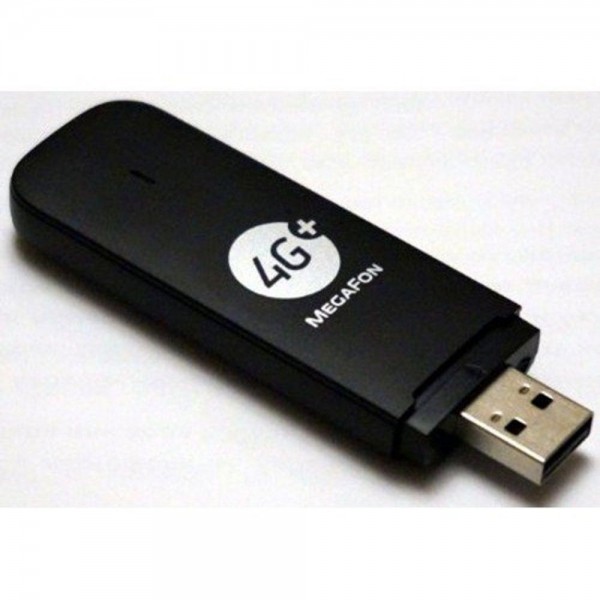Actually there’s also third mode which is subset of Stick, instead of native NCM interface it uses legacy PPP over emulated serial port. This can be sometimes useful with older routers with USB port but you won’t be able to reach full speed in this mode.
Internet has plenty of information on how to do that. As it often is not all of that is true. Most interesting bits are also written in Russian. Despite huge improvements in translations from Google Translate it’s still bit hit and miss.
Following these instructions will also resolve Error Code 19 and “brick” with Error Code 13 (rapidly flashing green led). Which is also why some steps may seem bit pointless at first. Feel free to skip them and then start again from beginning when Mr Error #19 and Mrs. Error #13 bite you. 🙂
You’ll need Windows PC for this. I used 64-bit Windows 7 PC myself.
If you’ve tried this before coming to here I’m sure you’ve seen those “open http://192.168.8.1/html/switchProjectMode.html” instructions. Those are for older models like E3372s and won’t work with E3372h.
Hold tight!
- Visit either one of these sites to calculate device specific “Flash code” based on your IMEI and write it down.
- Download and extract this folder that contains required tools, drivers and firmware images
- Install “[1] Mobile Broadband HL Service” by running mbbServiceSetup.exe
- Installs RNDIS driver
- Installs service to switch from CD emulation to RNDIS (like usb-modeswitch on Linux)
- Install “[2] Datacard Driver” by running DriverSetup.exe
- Installs serial port drivers (v5.05.01.00)
- Insert E3372h-153 with HiLink firmware to USB port
- Preferrably directly to PC, avoid cheap chinese USB extension cables.
- Open Device Manager and verify that RNDIS interface is present under Network adapters
- Open command prompt and “PING 192.168.8.1” to make sure HiLink firmware is running
- Run “sw_project_mode.cmd” from “[3] Switchmode E3372h” folder
- This will enable “PC UI” serial port required for firmware upgade
- Wait until you can see it under Ports in Device Manager
- Run “Update_WEBUI_17.100.06.00.03_Hilink_V7R2_9x25_CPIO.exe” from “[4] Huawei E3372h WebUI”
- This updates user interface but doesn’t touch rest of the firmware.
- If you have Error Code 13 this will fix it. Code 13 (“Authentication failed”) is caused by failed attempt to flash firmware resulting in Error Code 19 (“Download failed”).
- See HUAWEI_Module_Firmware_Upgrade_Guide_on_Windows_V100R001_01(5).pdf for complete list of error codes.
- Wait until WebUI update is complete and you can ping 192.168.8.1 again.
- Run “sw_project_mode.cmd” from “[3] Switchmode E3372h” folder
- Run “E3372h-153_Update_22.180.05.00.00.exe” from “[5] Huawei E3372h-153 HiLink FW” folder.
- This upgrades (or downgrades) your HiLink firmware version. You will need Flash code from one of those calculators to do this.
- Wait until HiLink update is complete and you can ping 192.168.8.1 again.
- Run “sw_project_mode.cmd” from “[3] Switchmode E3372h” folder
- Run “E3372h-153_Update_21.180.01.00.00.exe” from “[6] Huawei_E3372h-153 Stick FW” folder.
- This finally changes firmware from HiLink to Stick. You will need Flash code again.
- Wait until Stick update is complete. You can no longer ping 192.168.8.1 and RNDIS adapter has changed to “HUAWEI Mobile Connect – Network Card”.
- Run “putty.exe” from “[7] Putty” folder
- Find serial port name from Device Manager, for example in case of “HUAWEI Mobile Connect – PC UI Interface (COM15)” port name is COM15
- Click Serial on right hand side of Putty screen and type COM15 or whatever your port is.
- Click Open on botton of Putty
- Type ‘ ATE1 ‘ without quotes, you won’t see what you type and DO NOT try to use backspace. If you did it right you got ‘ OK ‘ as reply. Ignore ^RSSI etc. lines you might also see.
- Type following commands one per line to see info about your device and verify connection works.
- ‘ ATI ‘
- ‘ AT^FHVER ‘
- ‘ AT^VERSION? ‘
- Get current SETPORT value by typing ‘ AT^SETPORT? ‘. You might want to write these down if you ever want to revert back to defaults. Mine was ‘ ^SETPORT:A1,A2;12,1,16,A1,A2 ‘.
- Set new SETPORT value by typing ‘ AT^SETPORT=”FF;12,16″ ‘, this disables CD emulation, disables modem emulation (PPP) and enables NCM mode.
- If you want to keep PPP support for example for older router with USB port use ‘ AT^SETPORT=”FF;12,10,16″ ‘ instead. Remember that you won’t get full speed with PPP.
- Reset modem by typing ‘ AT^RESET ‘.
- Close Putty now.
- Done.

Be First to Comment